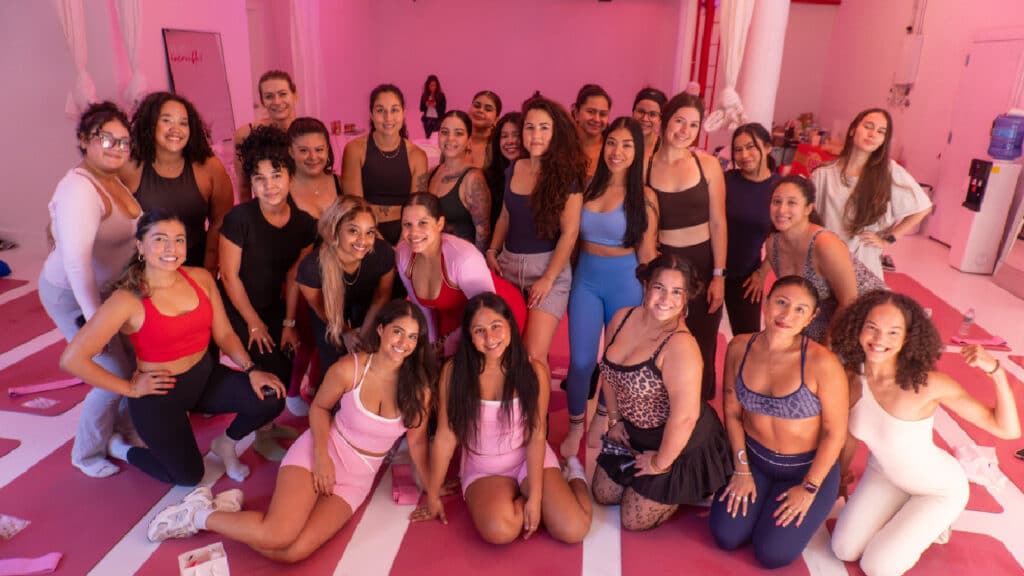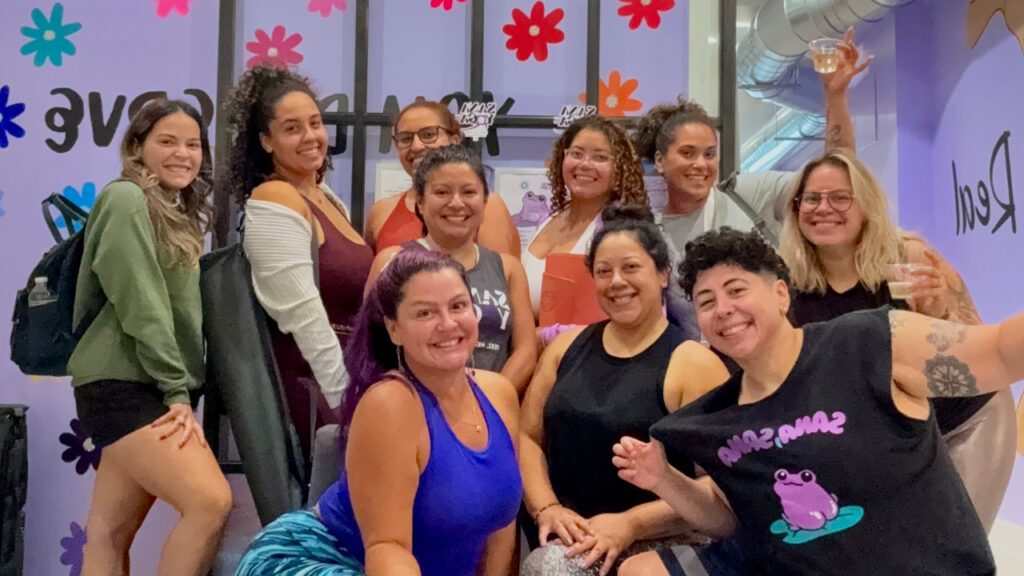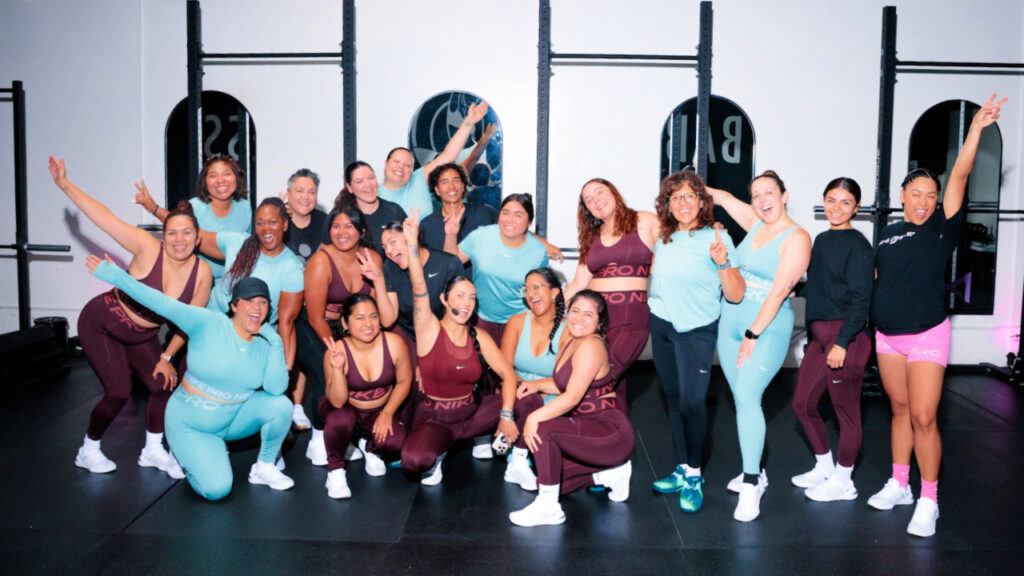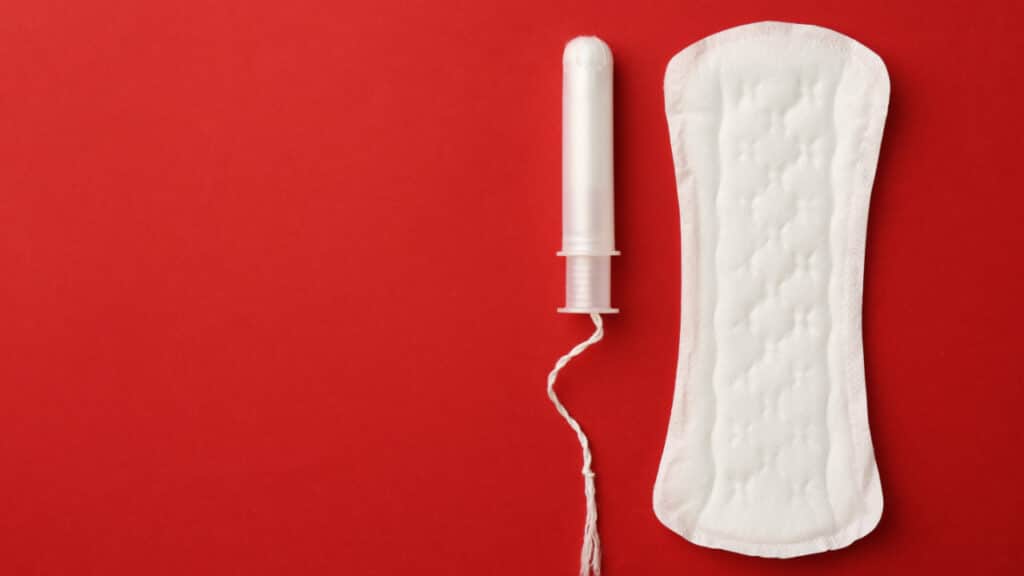A Latina Therapist’s Guide to Healthier Social Media Habits for the Latino Community — and Yes, It Includes Dating Apps
Talking about mental health in the Latino community is bittersweet, to say the least. Despite our community’s struggles and barriers to accessing care, talking about depression or anxiety is nearly impossible. However, many in our community are breaking these taboos. Licensed Marriage & Family Therapist Gabriela Reyes is one of them.
Gabriela works with individuals, couples, and families in Coral Gables, Florida. Her experience with depression, anxiety, trauma, and addiction has given her a different perspective on mental health, especially with Latinas. “Being a young Latina woman myself, I have lots of hands-on experience with what many of these young women are going through,” she told FIERCE. “It’s so helpful for me to not only understand what to do to help but to also understand how they’re feeling.”
This therapist was born in Cuba and moved to the United States when she was four. The daughter of actor parents, she became aware of the profound differences between people and in each personality at an early age. It was then that she became interested in psychology.
In honor of Mental Health Awareness Month, we wanted to talk to Gabriela Reyes about a topic that touches us all: social media, specifically dating apps. How do they affect our moods? What can we do to make our use of social media healthier? Reyes gave us her insight and left us seriously considering changing our habits.

Social media dominates the world, but does it also dominate our minds?
It’s very difficult to meet someone who doesn’t use social media today. In fact, 62.3% of the world’s population uses them. This represents more than half of the people on the planet. Each person uses social media for approximately two hours and 23 minutes a day. And 259 million new users have come online in the last year alone.
The five most popular social media platforms in the world are Facebook, YouTube, Instagram, Whatsapp, and TikTok. In the United States, women are the largest audience on networks such as Facebook, Instagram, and TikTok. However, while the globalization of information has many advantages, the impact on mental health is palpable. A 2018 British study tied social media use to decreased, disrupted, and delayed sleep, which is associated with depression, memory loss, and poor academic performance. Social media use can affect users’ physical health even more directly.
“I am a firm believer that social media is a big part of the reason so many people are experiencing anxiety regularly lately,” Gabriela Reyes told us. “Outside of the fact that if you’re not cautious and purposeful about what you search, look at, and follow, there is also the fact that you’re being bombarded with information on a constant basis.”
“Your attention span shortens, and your brain becomes accustomed to being constantly distracted/entertained. This can, in turn, make you feel uncomfortable with peace and quiet, something we so desperately need.”
Simply put, social media has the power to direct our thoughts
It’s no secret that social media has a reinforcing nature. In fact, using it activates the brain’s reward center by releasing dopamine, a “feel-good chemical” linked to pleasurable activities such as sex, food, and social interaction.
Gabriela Reyes explains that it is a set of nerves in our brain called the Reticular Activating System. It is responsible for what we focus on, based primarily on what we think and tell ourselves. “If we’re riddled with negative thoughts and we allow those thoughts to run wild and feed them with negativity on social media, we’re more likely to go about our day and focus on the bad (the spilled coffee, the way a coworker looked at you, a single hair that won’t cooperate, etc.).”
For Reyes, there is also the reality that people post photos and videos seeking validation. They do so by posting only their most edited and beautiful content. “It sets unrealistic expectations for young women. It’s difficult not to compare and find yourself lacking,” she explained. “Especially Latina women, who are known for being exotic-looking, curvy, and beautiful. It’s a high standard to live up to.”
“With that in mind, imagine what we would focus on if our social media only showed us good news, positive affirmations, body-positive creators, etc.,” she added.
So, what about dating apps?
After the COVID-19 pandemic, dating apps have become more attractive to many users. A OnePoll/Forbes Health survey conducted in August 2023 polled 5,000 U.S. respondents who had actively dated in the past five years. The study probed into how people date and prefer to date, including online and app-based dating.
Nearly 70% of people who met someone through a dating app said it led them to an exclusive, romantic relationship, while 28% said it did not. People between the ages of 43 and 58 were the most successful with online dating: 72% claimed that meeting someone through a dating app led them to a romantic relationship.
Men were more likely to have met someone on a dating app and had it lead to an exclusive relationship (75%) compared to 66% of women.
However, they all agreed on one thing: the constant use of dating apps affected their mental health in one way or another. “My patients often complain about feeling dating app burnout,” Gabriela Reyes told us. “When I ask for details, I find out they have 4 apps downloaded and are talking to 5-7 people on each app. This would be overwhelming for anyone.”
“Focusing on one app at a time and talking to no more than 2 to 3 people at a time can keep you from feeling that burnout,” she recommended. “You’re more likely to take the time to get to know someone and form deeper connections when you can remember who they are and the details they’ve shared in your conversation. Trying to keep up with 22 conversations with 22 different people leaves you very little room to form meaningful connections.”
Is it all about knowing how to choose the app?
With PR crises like the one experienced by the Bumble app and the amount of time we waste on others like Tinder, thinking about apps tailored to our specific needs may be the answer. For the Latino community, for example, there is the Chispa app. It is the first dating app made for Latinos in the U.S. Created in 2017, the platform seeks to connect Latinos and avoid what gets lost in cultural translation.
One way or another, for Gabriela Reyes, the most important thing to remember is that connecting with people “is a beautiful and necessary thing for all of us.”
“It’s basic to our biology. We need connection. Being cautious and purposeful about whom we speak to is just as important. They too can affect your emotions, self-esteem, and general peace,” she explained. “When talking to no more than 3 people at a time on the dating apps, you have the space and time to check in with yourself and see if this person is making you feel positive emotions or feeling off and/or anxious. This space allows you to cut off anyone, making you feel off, and feed the right conversations with the right people. If you’re talking to too many people at once, it’s nearly impossible to be mindful and pinpoint who’s making you feel good and who’s making you wildly uncomfortable.”
Ultimately, it’s all about taking care of yourself first
Before we try to fool the algorithm, perhaps we should start by working on ourselves. Scrolling through social media ends up being a meaningless act, and for Reyes, that’s the main thing that needs to change.
“Unfollow any accounts that show negativity, and mute any friends or family that post things that anger or upset you,” she recommends. “Search for and follow accounts that are full of positivity. When scrolling aimlessly, scroll past anything negative and stay and watch the positive ones. Be mindful of something you usually use mindlessly.”
In fact, Reyes recommends setting time limits on the phone and sticking to them. She suggests starting with 3-4 hours and gradually working your way down to 30 minutes or an hour a day. “If you have a tendency to ignore the time limit, the best tip I can give is to delete the social media apps, even if it’s for a few hours, and give yourself something to replace them during the times you usually scroll (like a book or meditation.).”
In her practice, Reyes has seen a significant reduction in anxiety in her clients who take social media breaks
She has also observed more productivity. “Activities that have been on the to-do list for months are suddenly checked off,” she said. “Self-esteem is a big one too. I have my clients replace social media time with positive affirmations, gratitude journaling, or reading a self-help book for better self-esteem.”
In fact, Reyes always jokes that FOMO should be in the DSM (standard classification of mental disorders used by mental health professionals in the United States.) And he sounds so consistent!
“Missing out on social media posts or something fun with friends can feel pretty awful and anxiety-inducing for most,” she explains. “It’s all mental. Work daily on shifting your internal narrative to gratitude. Instead of ‘I have so much FOMO. I wish I was at the bar with my friends.’ Try, ‘I’m so grateful I get this time to rest. I can always go the bar.'”
“That mindset shift will eventually help you focus on the positive instead of what you’re missing out on.”
Finally, Reyes has advice for all Latinas struggling to balance mental health and the pressures of modern life:
“Make the time to work on it. We’re all so busy. It’s an easy excuse to hold on to. Go to therapy, make time to move daily, spend time outside, find and do the things that bring you joy and peace, and be selfish with your happiness. Remind yourself that you’ll be better to everyone in your life if you feel good.”




